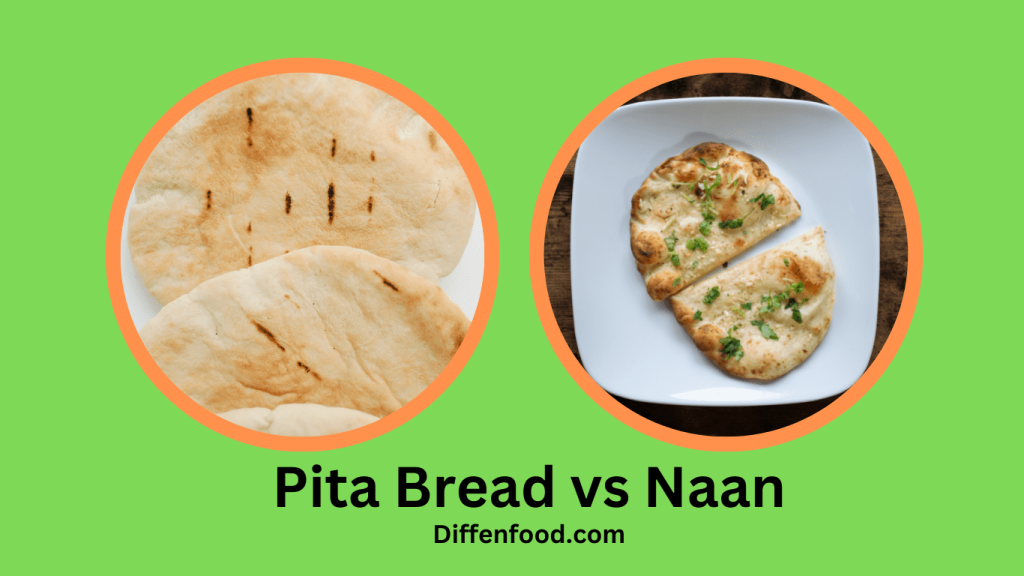
Potstickers and dumplings are two popular dishes that are often confused with each other. While they may look similar, there are significant differences between the two that make them unique. Understanding these differences can help you appreciate each dish for what it is and enjoy them to the fullest. In this article, we will explore the differences between potstickers and dumplings and why it’s important to know the difference.
Potstickers and Dumplings
Potstickers and dumplings are both types of filled pockets of dough that are usually steamed, boiled, or fried. However, the main difference between the two is the way they are cooked. Dumplings are typically boiled or steamed, while potstickers are first fried and then steamed. This cooking method gives potstickers their signature crispy bottom and chewy texture.
Difference In Ingredients

The ingredients used in potstickers and dumplings are similar, but there are a few key differences. Both dishes typically use a combination of flour, water, and salt to make the dough. However, potstickers often use a thinner wrapper that is made with more water and less flour, giving them a softer and more delicate texture. Dumpling wrappers, on the other hand, are thicker and chewier.
When it comes to the filling, there are also differences between the two. Potstickers are typically filled with ground pork, vegetables, and seasoning, while dumplings can have a wider range of fillings, including pork, chicken, beef, shrimp, vegetables, and even sweet fillings like red bean paste.
Difference In Preparation Method
The preparation method for potstickers and dumplings is where the biggest difference lies. Potstickers are first fried in oil until the bottoms are golden brown and crispy. Then, a small amount of water is added to the pan, and the lid is placed on top to steam the dumplings until they are cooked through. This cooking method gives potstickers their signature crispy bottom and chewy texture.
Dumplings, on the other hand, are typically boiled or steamed. They are either placed in a pot of boiling water or a steamer basket and cooked until they are fully cooked through. This cooking method gives dumplings their soft and chewy texture.
Difference In Shape and Appearance

Potstickers and dumplings also differ in their shape and appearance. Potstickers are typically shaped like half-moons, with pleated edges on one side and a flat bottom on the other. They are often arranged in a circular pattern in the pan, with the pleated edges facing up. Dumplings, on the other hand, can come in a variety of shapes, including crescent-shaped, round, or even square.
The appearance of the two dishes is also different. Potstickers have a crispy and golden brown bottom, while dumplings are usually pale and soft all over.
Potstickers Vs Dumplings: Difference In Filling
The filling is another area where potstickers and dumplings differ. Potstickers are usually filled with ground pork, cabbage, scallions, ginger, and soy sauce. Dumplings, on the other hand, can have a wider range of fillings, including pork, chicken, beef, shrimp, vegetables, and even sweet fillings like red bean paste.
Popular dumpling fillings include pork and cabbage, shrimp and chive, and beef and onion. Vegetarian options are also available, with fillings like mushroom and tofu being popular choices.
Potstickers Vs Dumplings: Regional Differences
Potstickers and dumplings have different variations across different cultures. In Chinese cuisine, potstickers are a staple dish and are often served as part of dim sum. They are usually filled with pork, cabbage, and scallions and are served with soy sauce and vinegar for dipping.
Dumplings are also a popular dish in Chinese cuisine and are often served during the Lunar New Year as a symbol of good luck. They can be filled with a variety of ingredients and can be boiled, steamed, or pan-fried.
In Korean cuisine, mandu is a popular dumpling dish that is often filled with ground pork, beef, or kimchi. They are usually served boiled or pan-fried and are often accompanied by a soy sauce and vinegar dipping sauce.
Japanese gyoza are similar to Chinese potstickers and are filled with ground meat and vegetables. They are usually pan-fried and are served with a dipping sauce made from soy sauce, rice vinegar, and chili oil.
Air Fry Potstickers

Is it OK to air fry potstickers?
Yes, it is possible to air fry potstickers, and it can be a healthier cooking method compared to traditional pan-frying.
To air fry potstickers, first, preheat the air fryer to 375°F (190°C). Lightly coat the potstickers with cooking spray or brush them with a small amount of oil. Place the potstickers in a single layer in the air fryer basket, leaving space between them. Cook the potstickers for 8 to 10 minutes, flipping them halfway through, until they are golden brown and crispy.
Air frying can be a healthier alternative to pan-frying because it uses less oil, which can reduce the overall calorie and fat content of the dish. However, it’s important to note that the nutritional content of the dish will still depend on the ingredients used in the filling and the dough of the potstickers.
Conclusion
In summary, while potstickers and dumplings may look similar, there are significant differences between the two. Potstickers are first fried and then steamed, giving them their crispy bottom and chewy texture, while dumplings are typically boiled or steamed and have a soft and chewy texture all over. The ingredients, filling, shape, and appearance also differ between the two. Understanding these differences can help you appreciate each dish for what it is and enjoy them to the fullest.
FAQ
Both potstickers and dumplings are popular, but it may depend on the region and individual preferences.
It depends on the type of wrapper used. Some potstickers and dumplings are made with wheat flour wrappers, which contain gluten. However, there are also gluten-free options available, such as wrappers made with rice flour.
Potstickers are typically pan-fried in a small amount of oil until the bottoms become crispy and golden brown. Then, water is added to the pan, and the pan is covered to steam the potstickers until they are fully cooked and the wrappers are tender. This cooking method is called “pan-frying and steaming,” and it is what gives potstickers their characteristic crispy bottoms and tender, steamed tops.
In general, dumplings and potstickers are relatively high in carbohydrates due to the dough used to make the wrappers. The healthfulness of dumplings and potstickers depends on the ingredients and cooking methods used, but they can be a healthy and delicious part of a balanced diet when made with lean protein and vegetables and cooked in a healthy way.
Wonton wrappers can be used for potstickers, but they are not the same as traditional potsticker wrappers.If you are unable to find potsticker wrappers or prefer to use wonton wrappers for your potstickers, it’s important to note that the texture and flavor of the potstickers may be slightly different. Wonton wrappers may be more prone to tearing during the cooking process, and they may not be as sturdy or crispy as traditional potsticker wrappers when pan-fried. However, using wonton wrappers can be a convenient and accessible option for making potstickers at home.


